Machine learning is a powerful tool for recognizing and classifying objects in images, and it is now being used to revolutionize biscuit recognition. Biscuit recognition involves identifying the type and quality of biscuits in a production line, and machine learning algorithms can help to automate this process.
Traditionally, biscuit recognition has been performed by human operators who visually inspect the biscuits as they move along a conveyor belt. This can be a time-consuming and error-prone process, as human operators can become fatigued or distracted, leading to inaccuracies in the recognition process.
By contrast, machine learning algorithms can process large amounts of image data quickly and accurately, and they do not suffer from fatigue or distractions. These algorithms can be trained to recognize different types of biscuits and identify defects or quality issues, such as cracks or discoloration.
To train a machine learning algorithm for biscuit recognition, a large dataset of labeled images is needed. This dataset should include images of all the different types of biscuits that the algorithm will need to recognize, as well as examples of defects or quality issues.
The images are then fed into a machine learning algorithm, which uses a variety of techniques to extract features and patterns from the images. These features are used to build a model that can classify new images of biscuits based on their type and quality.
Once the algorithm has been trained, it can be integrated into a biscuit production line to perform real-time biscuit recognition. Cameras are mounted above the conveyor belt to capture images of the biscuits as they pass by, and the images are then fed into the machine learning algorithm for analysis.
The algorithm can then quickly and accurately identify the type and quality of each biscuit, and any defects or quality issues can be flagged for further inspection. This can help to improve the efficiency and accuracy of the biscuit production process, as well as reduce the risk of human error.
In addition to improving the accuracy of biscuit recognition, machine learning algorithms can also be used to optimize the production process by identifying patterns and trends in the data. For example, the algorithm may identify that certain types of biscuits are more likely to have defects or quality issues, which can help to improve the production process to reduce the occurrence of these issues.
In conclusion, machine learning is revolutionizing biscuit recognition by automating and optimizing the production process. By using machine learning algorithms to quickly and accurately identify the type and quality of biscuits, manufacturers can improve efficiency and reduce the risk of human error. As machine learning technology continues to evolve, it is likely that we will see even more innovative applications of this technology in the food industry and beyond.


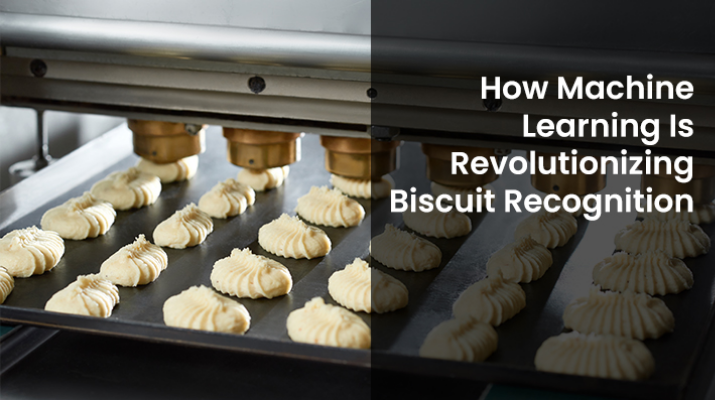
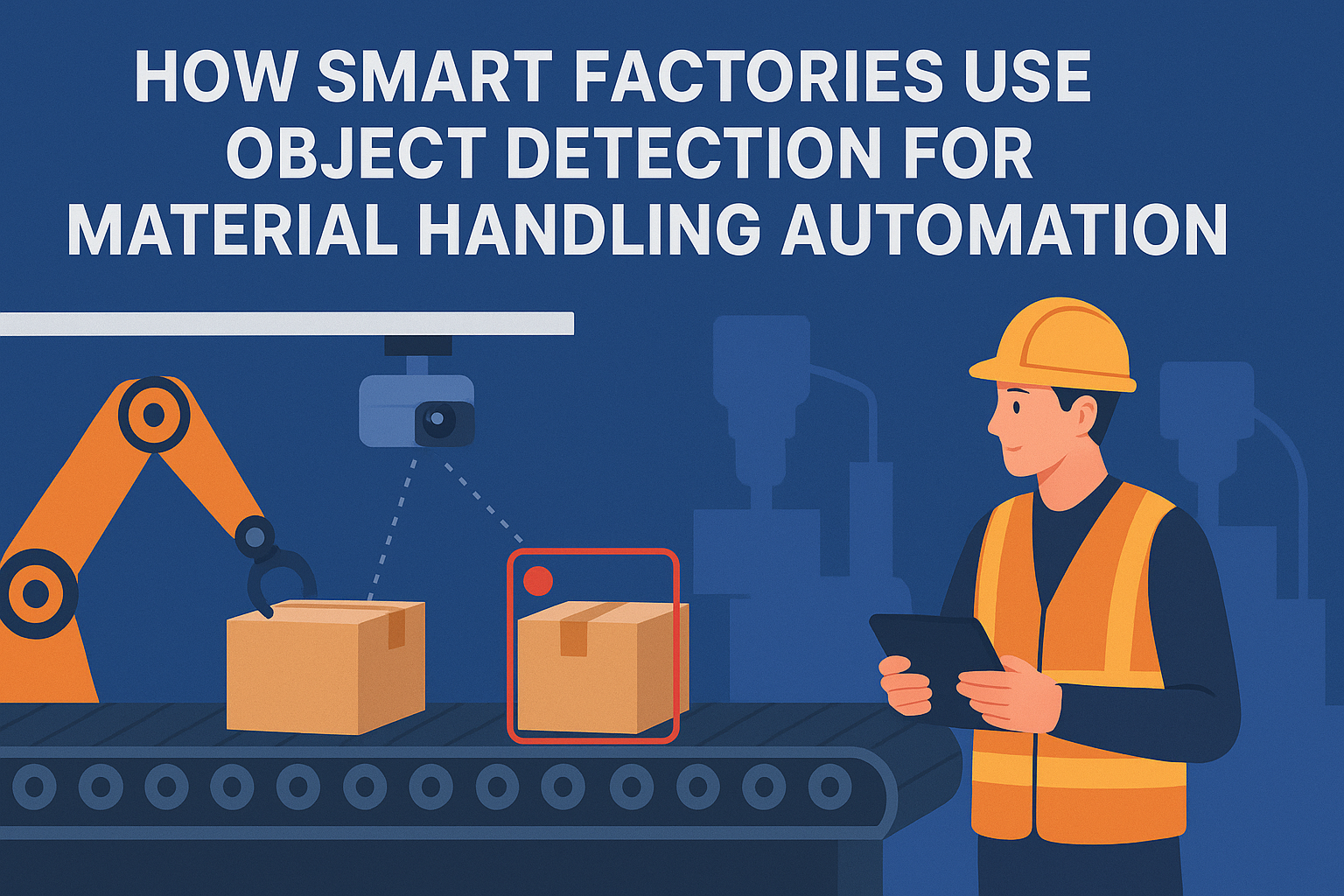
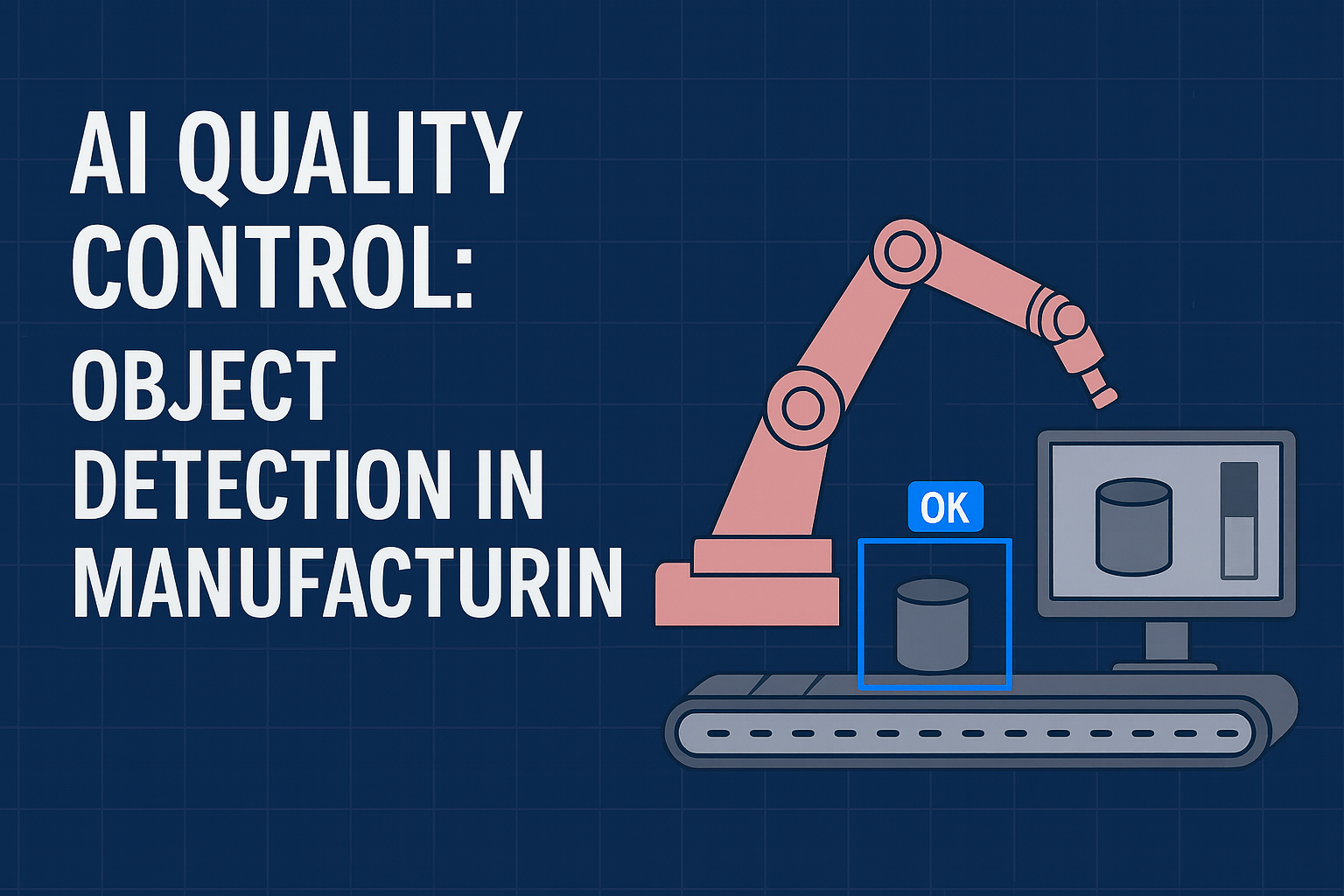
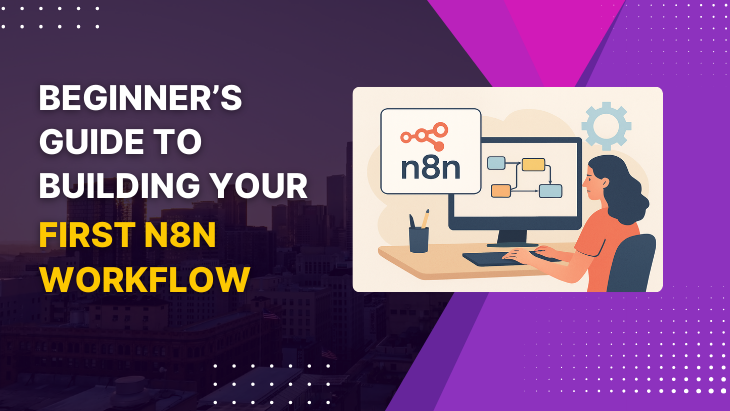
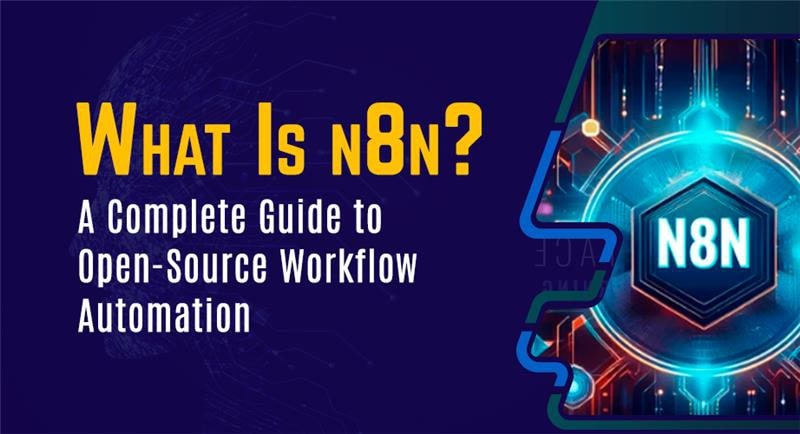

Leave a reply